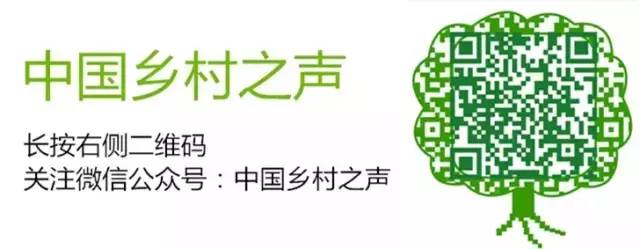Liu Ye’s mixed-race children kowtow to New Year’s greetings and take photos seriously.
Happy new year
What a familiar, warm, sweet and loud voice, it is the warmest and most beautiful blessing in the hearts of every Chinese son and daughter every year.
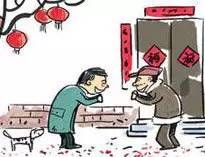
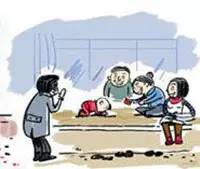
Happy and festive days always feel that they pass quickly. Tomorrow is the fifth day of the Lunar New Year, and the Spring Festival has passed for several days. Have you paid a New Year call to your relatives and friends?
Xiao Bian guessed that many people’s New Year greetings are estimated to be like this.
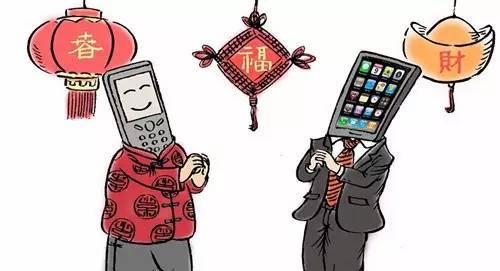
With mobile phone, SMS, QQ, and WeChat, New Year’s greetings can be done with one click without leaving home. I am relaxed and carefree, but I always feel that something seems to be missing.
Year 2008 is not only an eye-catching cultural symbol of the Chinese nation, but also a carrier of affection and ethics of Chinese children. When you grab a red envelope and send a message to be soft, you may wish to stop and have a rest and feel the traditional taste of the Chinese nation’s "New Year" with Xiaobian.
As a traditional folk culture in China, New Year greetings are a way for people to bid farewell to the old and welcome the new, and express their good wishes to each other, which has been rooted in the cultural genes of Chinese. In ancient times, the original meaning of the word "Happy New Year" was to celebrate the New Year for the elderly, including kowtowing to the elderly, congratulating them on the happy New Year, and greeting their lives. In case of friends and relatives of the same generation, we should also salute and congratulate them.
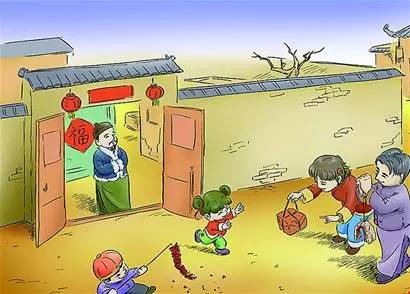
The ancients sent a "flying post" to celebrate the New Year.
Sending text messages, sending WeChat, sending a New Year card … These modern ways of greeting the New Year have long been explored by our ancestors, and that is "flying posts".
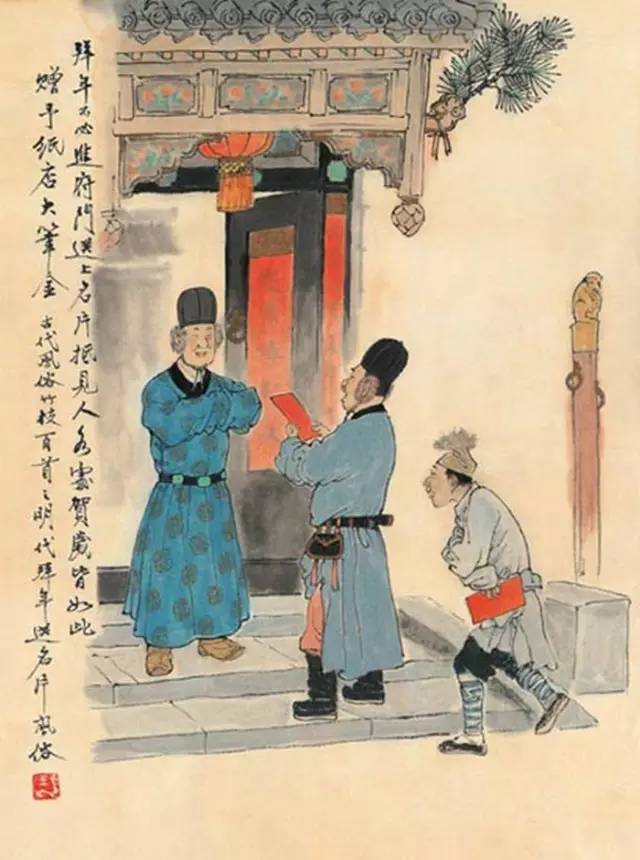
Zhou Hui, a Song Dynasty poet, said in Qingbo Magazine: "During Song Yuanyou’s reign, New Year’s greetings often made servants hold names and stab them." This name thorn is a piece of paper cut into two inches wide and three inches long with the name, residence address and auspicious words to congratulate the New Year written on it. If there are too many relatives and friends in the neighborhood, it is difficult to visit them all over the house, so servants are sent to pay New Year greetings with "name thorns", which is called "flying posts". A red paper bag with the word "receiving blessings" is put in front of each house, which is the most popular in Ming and Qing Dynasties.
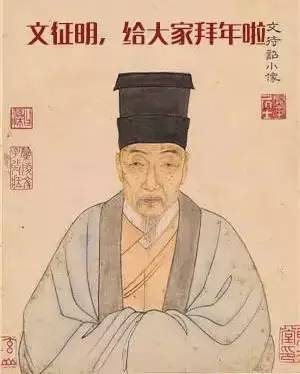
I don’t want to meet each other, but I want to pay tribute, and the famous paper is full of cover. I also throw a few papers with people, and the world is too simple and not too empty. -Wen Zhiming’s "New Year"
Of course, for incoming posts and visitors who come to pay New Year’s greetings, some large families should register and keep in mind their friendship. Therefore, large families also set up a "door book" to make detailed records.
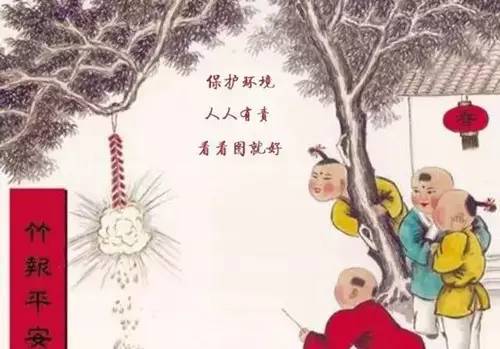
People in our village "kowtow" to celebrate the New Year.
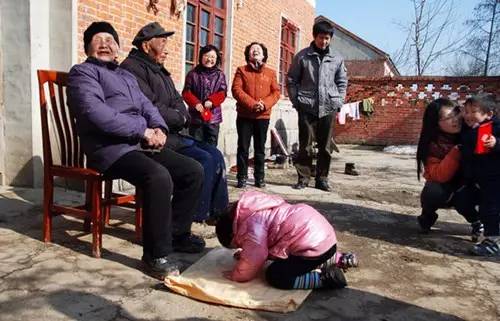
Every year, between the first day and the fifteenth day of the first month, young people and adults go to the homes of neighbors and relatives in groups to kowtow. During this time, the scroll of genealogy tablets was hung in the main room of the home, and mats were placed in front of the door for people to kowtow. When the guests come, they first stand in front of the genealogy, pay homage three times, and then kneel down and kowtow three times. Then kowtow to the older and older people three times. If children are involved and have close relatives with the kowtowed person, they should be given lucky money.
Although kowtowing to pay New Year’s greetings is rare in many rural areas, a survey conducted by a portal website shows that as many as 63% of netizens believe that "kowtowing to pay New Year’s greetings is a traditional custom and should be preserved". Some netizens said, "kowtowing to the elders in the New Year is a kind of respect for the elders, a kind of memory for the ancestors, and an expectation for a better future."
Chang Sixin, chairman of Shanxi Folk Writers and Artists Association, said that the folk custom of kowtowing to celebrate the New Year changes with the changes of society, just like putting up door paintings and steaming steamed buns. However, the passage of traditional customs sometimes reflects the lack of cultural heritage: "When we were young, we kowtowed to our elders on the first day of the New Year’s Day, which was quite grand. Now I don’t kowtow, at least I bow, and the younger generation bows to my grandparents and parents. Inheriting culture, whether there are traditional ceremonies is very important. "
Traditional way of greeting New Year.
Worship the elders at homeOn the morning of the first day, after getting up, the younger generation should first pay a New Year call to their elders and wish them a long and healthy life and all the best. After the elders are worshipped, they should distribute the "lucky money" prepared in advance to the younger generation. After paying homage to the elders at home, people should also congratulate the New Year with smiles on their faces when they go out to meet each other, and exchange auspicious words such as "Congratulations on getting rich" and "Best wishes for the four seasons".
call on relativesYou must go to your father-in-law’s and mother’s house in the first or second day of junior high school and bring gifts. After entering the door, first bow down to the ancestors’ images and memorial tablets, and then bow down to the elders in turn. You can stay for dinner, play, discussion and so on.
Visit a friendPay a New Year call to a friend. As soon as you enter the house, if you are equal to your host, you just have to pay a bow. This kind of situation is generally not suitable for sitting for a long time, so you should leave after a few pleasantries. After the host is worshipped, he should pay a return visit on another day.
Gratitude visitAnyone who has been indebted to others for the past year should buy some gifts to send, and take the opportunity of New Year’s greetings to show his thanks.
The traditional correct time for New Year’s greetings should be after 0: 00 on New Year’s Eve. At this time, the new year really begins to congratulate each other, and earlier than 0: 00 belongs to the early years of worship. If it is later than the tenth day of the first month, it belongs to the old age. At this time, the festive atmosphere of the New Year has faded. Early years and old age belong to the nature of emergency or remedy to avoid regret. There is a folk proverb: "It is not too late to celebrate the New Year with a heart."
Paying New Year greetings is a custom followed by Chinese children from generation to generation, which continues the traditional morality, ethics and culture. Speaking of it, I still like the traditional New Year greetings, not only because of the warm content and form, but also because of the heavy sense of tradition. Because, no matter how advanced and developed technology is, it can’t replace face-to-face language transmission and emotional communication.
Tradition cannot be lost or forgotten. Because, there are roots of our culture in tradition.
For more information about the new year customs, welcome to continue listening to the special program of China Rural Voice Spring Festival tomorrow, waiting for you to interact! There are not only good programs here, but also red envelope prizes!
